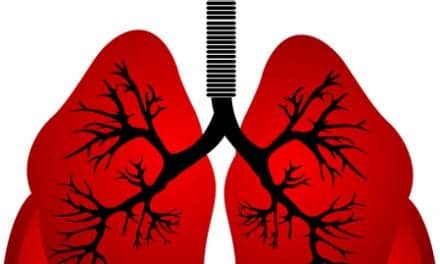An editorial published in the Journal of Emergency Medical Services (JEMS) emphasizes the need for EMS personnel to be prepared for patient suctioning, should the need arise.
From the article:
“I want to make a few points about the importance of suctioning because I believe it’s one of the most neglected areas in EMS care—an area where crews have become extremely complacent, too often leaving their portable suction units in their apparatus.
When you place a laryngoscope into a patient’s mouth, you often see a small pool of fluid accumulates in the back of the airway due to gravity. Most often, you can slip a tube in over the top of that fluid and intubate the patient successfully. However, sometimes that fluid needs to be immediately and rapidly removed or it can leak or be aspirated into the trachea and cause pneumonia and other serious complications. It’s therefore critical that whenever you take an airway bag on a serious or potentially serious call, a suction device should either be in that bag or accompanying it.
Today’s suction devices are much smaller than in the past so there’s no excuse for not taking one with you to serious or unknown patient cases. (See photos 5 and 7) Most knowledgeable first responders, EMS providers, medical directors and supervisors—and attorneys—consider failure to have suction at the patient’s side to be negligence on the part of a crew.”









